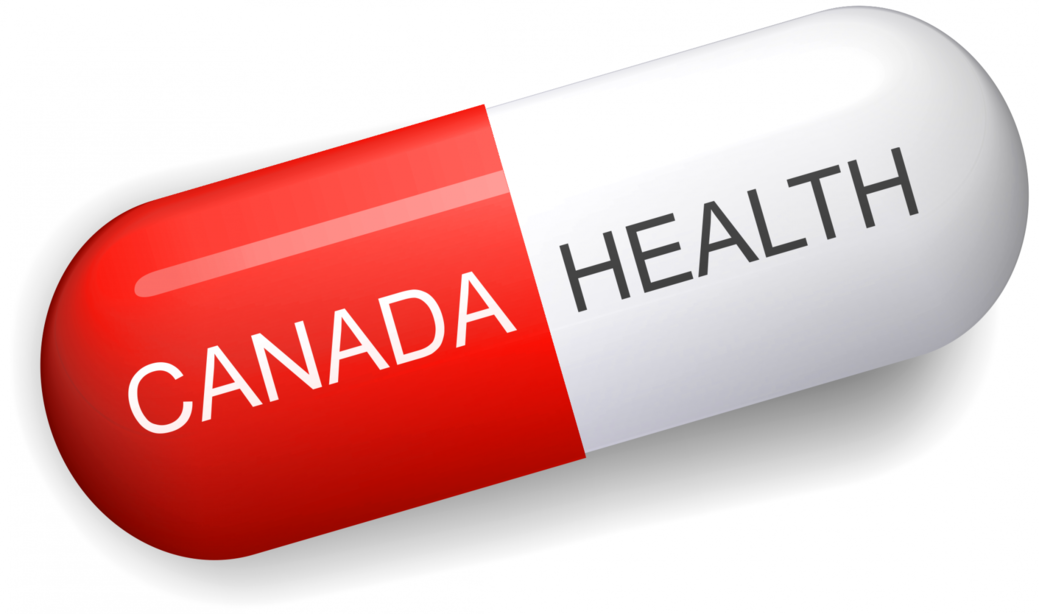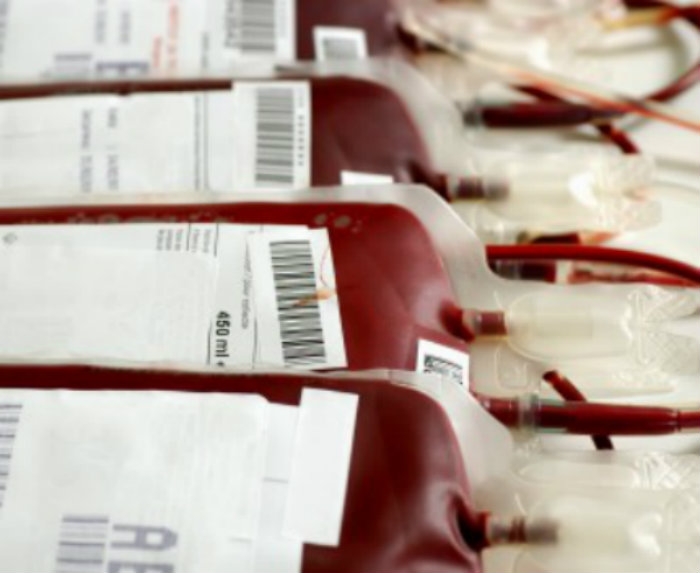
What medicines do we really need in Canada?
By Nav Persaud
Surveys and polls often show Canadians are proud of our universal health system, which provides publicly funded care for doctor and hospital services. Canadians don’t have to worry about filing for bankruptcy to get care for themselves or their families when they need it.
But when it comes to prescription medications, our health system comes up short.
That’s because most medications outside of the hospital setting are not covered by our health system, so Canadians must rely on private drug insurance or pay for sometimes costly medications out-of-pocket. Some provinces offer prescription drug coverage to certain populations – low income Canadians or seniors, for example – but still one in five Canadiansreport that a member of their household cannot afford medications.
That means many Canadians are not getting the medicine they need – and the consequences can be devestating.
So how can we make sure Canadians have better access to prescription medications?
We could improve access – and improve the health of Canadians — by facilitating access to a carefully selected set of “essential medicines.”
The World Health Organization (WHO) has already developed a model list of essential medicines that is designed to meet the core health needs of people around the world. They recommend that each nation adapt the list of medicines to local circumstances and facilitate access to them.
In a recent article in the Canadian Medical Association Journal Open, my colleagues and I adapt the WHO’s list based on Canadian guidelines and input from Canadian clinicians.
Hundreds of countries already have essential medicines lists and we can learn from their successes and challenges. These include high income countries like Sweden which has more than a decade of good experience with its Wise List, middle income countries like India and low income countries from Armenia to Zimbabwe.
In addition to providing patients with critical medications when they need them, an essential medicines list also helps make sure patients are getting the right medicine. How?
More than ten thousand pharmaceutical products are approved for sale in Canada, and public formularies, which determine which medicines to fund for some groups (welfare recipients, people with disabilities and older adults) contain three to five thousand medicines. That’s a lot of information to track.
With a short list of essential medicines there is less likelihood of error and confusion because patients, doctors and pharmacists only need to know about a small number of medicines.
Critics might argue that an essential medicines list could limit choice and access to important new prescription medications. But we may not have as many ‘choices’ as we think today.
Are we offered ‘choice’ when there’s such an overwhelming list of products that health practitioners can’t possibly keep up? Prescribing decisions then too often end up based on the beliefs and habits of the health practitioner holding the pen – which might be based on the best available evidence, but is often based on messages in pharmaceutical marketing campaigns.
When is the last time a doctor explained the pros and cons of each of the 11 different ACE inhibitor blood pressure medicines and asked the patient which they would like to take? What would the doctor even say given that there are no important differences between the medicines?
Governments often have a tough time saying “no” to drug companies that have made a product that is similar to a previously approved drug because they might be asked, “Why did you approve that company’s product but not ours?” So these ‘me-too’ products proliferate and we end up with a large number of medications that do the same thing.
The people who cannot afford medicines now are already forced to make different choices. Food or medicines? Nobody should have to decide whether to pay the rent or to take a life-saving medication for high blood pressure, diabetes or HIV-AIDS. And that’s happening today in Canada.
Discussions about medication access often go down the money rabbit hole. How can our governments afford to pay for essential medicines?
A short list of elite medicines could actually help us save money by focusing competition on a small number of products that we could collectively purchase in larger quantities. Less could mean more bargaining power.
Prescription medicines only have their intended benefits when they are accessible and prescribed appropriately. Developing a list of essential medicines in Canada and publicly funding them could promote progress on both fronts.
 Nav Persaud is an expert advisor
Nav Persaud is an expert advisor
with EvidenceNetwork.ca, a physician
and associate scientist at
St Michael’s Hospital and
an assistant professor at
the University of Toronto.









